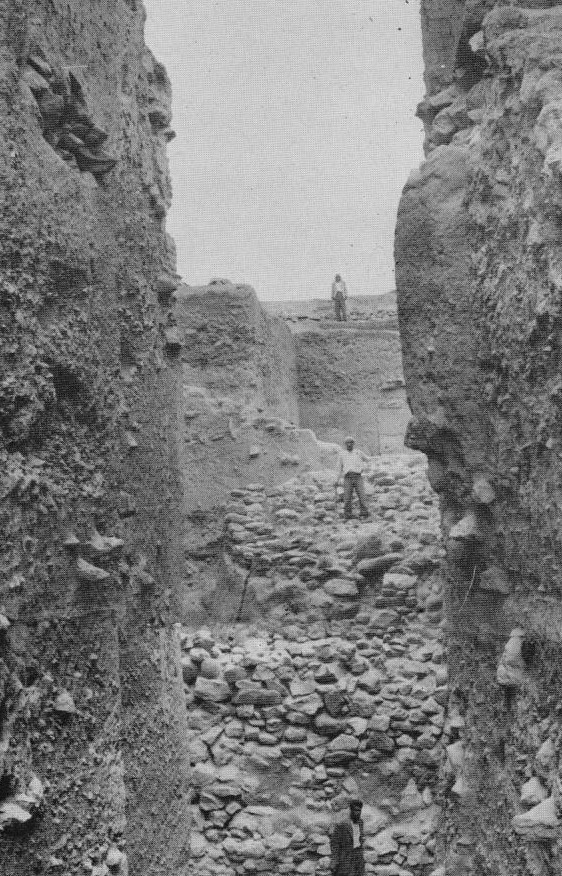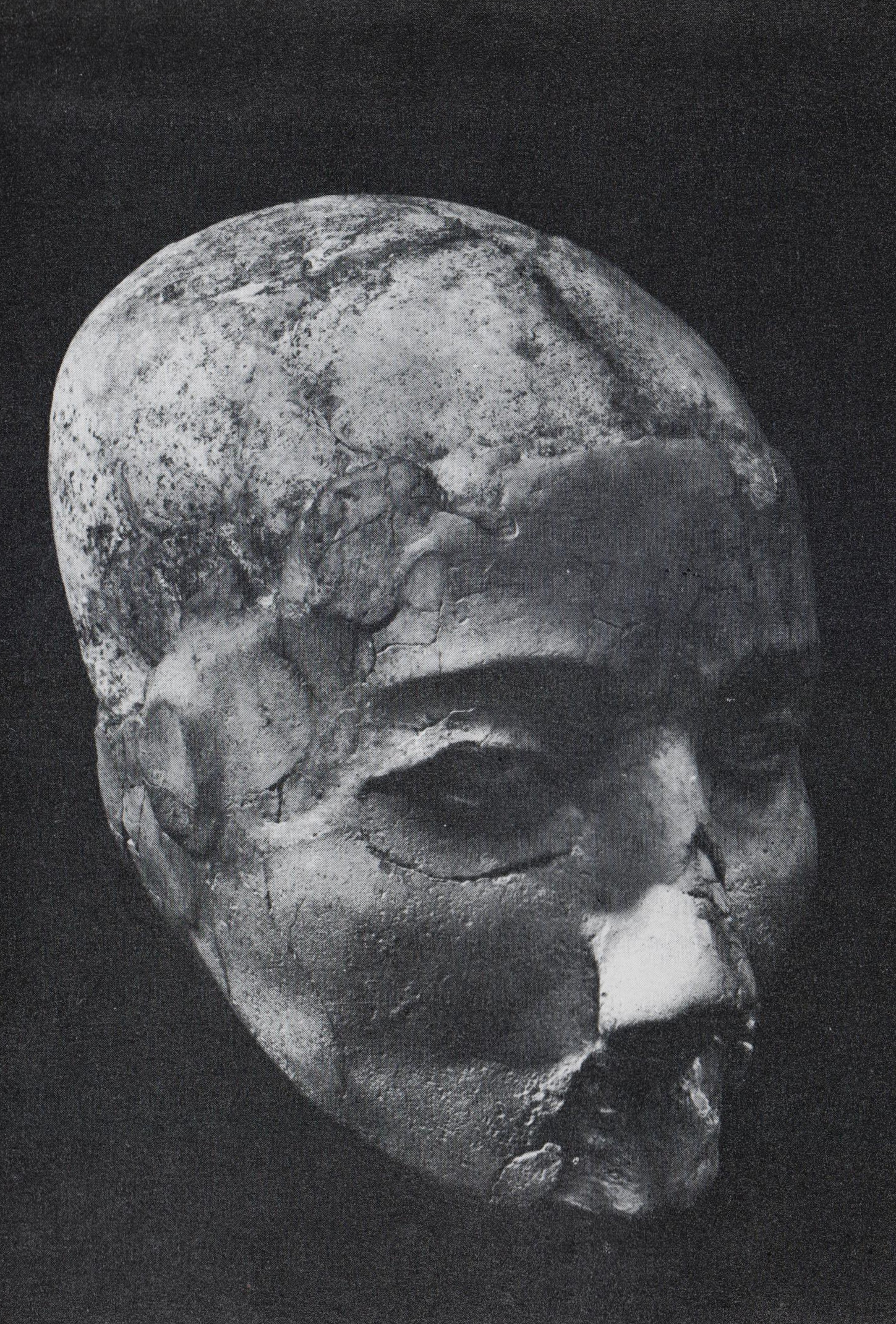
By Piotr Jacobsson
Think of two communities breaking down: traditional craftsmanship obliterated by new fashion, the dead no longer buried according to ancient rites and the contents and participants of the end of week meal changed beyond all recognition.
Now think about the one difference between these two communities – in the first, the change happens over less than a generation, maybe even as little as five years. We still have no idea what caused this, whether it was a disastrous shortage of food, or perhaps introduction of new technologies reshaping how people relate to one another. All we know is that it is a short, sharp shock.
The other community sees these changes happening over multiple generations. Perhaps a whole millennium. Like before we still cannot identify the cause of changes, only how fast they proceed. But we can be sure of one thing – the community we’re thinking about is not breaking down – its just slowly changing.
Making a list of things that change will not tell us, in its own right, whether the transformations of the archaeological record are signs of communities breaking down. To tell that we need to know the timing of these changes.
My CBRL visiting fellowship, carried out over the academic year 2015-2016 at the Kenyon Institute and the British Institute in Amman defined how well we can time the changes happening throughout the Levant, and south-west Asia in general, over the first four millennia of the Holcoene (ca. 9,500-5,500 cal BC). For us living today this period is important because it marked the emergence of economies based on agricultural production and thus, the foundation of the world as we know it. Yet the research of the past century shows that the people who lived then seem not have thought of the emergence of food production as their main aim. Rather this fundamental transformation was enmeshed in a wide range of cultural choices and dynamics of which food production was just one outcome.
The main way we can explore the timing of events in prehistory is through radiocarbon dating. Natural radiocarbon originates when small sub-atomic particles of cosmic origin crash into nitrogen atoms in the atmosphere and transmute them into radiocarbon. This radioactive kind of carbon will behave just like any other carbon atom: it oxidizes to CO2 and in that form it can enter other carbon reservoirs, including the biosphere. As all our communities are a part of the biosphere, be it through the food we eat, or natural materials we use in our homes even today, there is always plenty of this radioactive carbon wherever there are humans. However, whenever a plant or an animal dies it can no longer take on radiocarbon into its tissues and, as radiocarbon is subject to radioactive decay, what is there will begin to vanish with time at a rate that remains constant in nature. Hence, whenever we find a bit of plant or a bone at an archaeological site, in principle we should be able to tell how long ago it was alive based on how much radiocarbon is left.
It was in the context of the earlier Holocene Levant that radiocarbon dating made its first imprint on archaeology. Until the early 1950s we thought of the whole path from the origin of agriculture to the origin of statehood as a one-way, short-lived process of maybe one or two millennia. The radiocarbon dates from Tell es-Sultan, on the outskirts of modern-day Jericho showed that the process in question lasted three or four millennia, with current estimates putting the number closer to five millennia.

This left us with a lot of time to fill in and, in many ways, we are only now beginning to understand how the economics in question are only a minor part of what is happening at that time, with many of the CBRL supported projects providing more evidence about these events. What is clear is that there would have been many periods of community agglomeration and fission over the opening millennia of the Holocene.
This brings us back to timing – as discussed in the example of two communities undergoing change at a different pace, we need to know how fast things are happening before we can interpret them. In principle we have the tools to do that – radiocarbon dating machines capable of telling differences in the range of a million million atoms with great precision and statistical tools to interpret the results in terms of real, lived time.
However, in any empirical endeavour things are never that simple.There is a range of challenges when it comes to the reality of radiocarbon dating in south-west Asia, some of which I’ll be exploring in a forthcoming paper in the Levant.
One example of the kind of obstacle in the way of building high-resolution chronologies of the earlier Holocene communities in the Levant is the poor preservation of the organic fraction in skeletal remains. A key aspect of radiocarbon dating is making sure that the samples dated have a very clear relationship with the context they’re in. For example, if we find a few isolated seeds in a midden deposit, we have no way of knowing whether they mark the formation of that deposit, whether they are intrusives carried down by burrowing animals, or whether they might have been present at the site long before the midden formed.
Because of these contextual concerns, articulated human and animal remains – such as burials, which are present on many Levantine site – are rated as the most reliable radiocarbon samples you can find. However, the fraction of bone that is best for dating from the technical point of view does not preserve well in the Levant. Hence, one of the potential aims for future research is to develop new sample pretreatment methods to overcome this limitation – indeed the CBRL funded a pilot project on this matter only this year! With these kinds of technical evelopments, and conceptual alignments to go with them, we might get into position to recognize the tempo of change in the earlier Holocene of the Levant.
Piotr Jacobsson works at the Scottish Universities Environmental Research Centre in East Kilbride, just south of Glasgow. In 2015-2016 he spent a year at the CBRL institutes researching the limitations of extant radiocarbon data from the Levant over the period 9,500-5,500 cal BC and identifying areas where new methods and concepts will aid future chronological research.
The views expressed by our authors on the CBRL blog are not necessarily endorsed by CBRL, but are commended as contributing to public debate.











